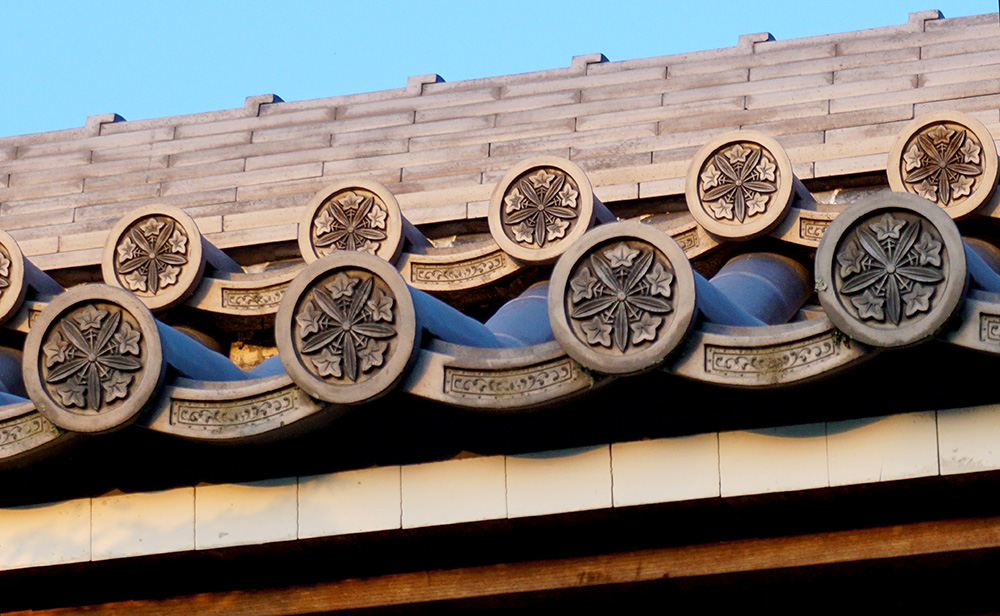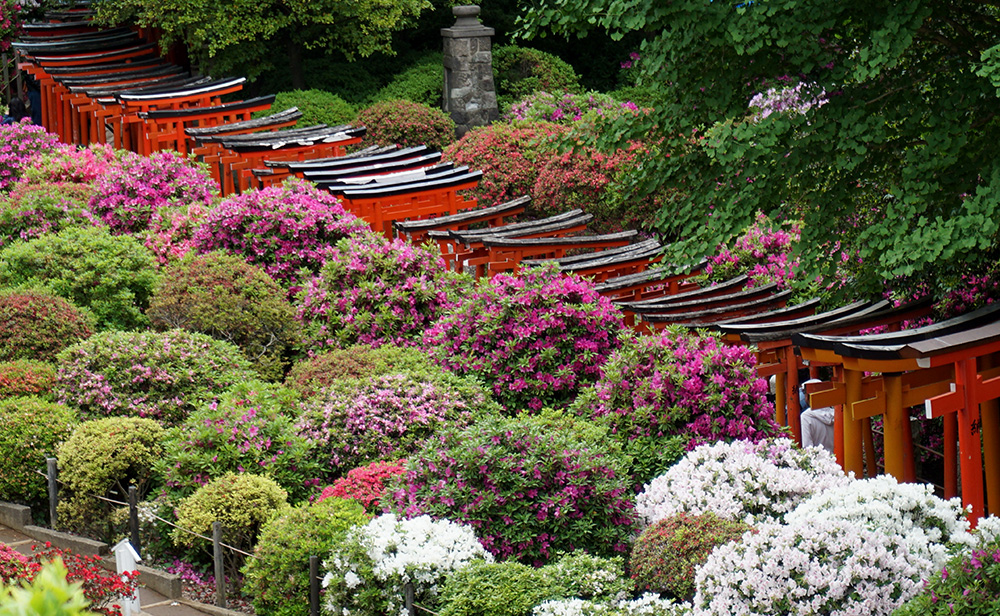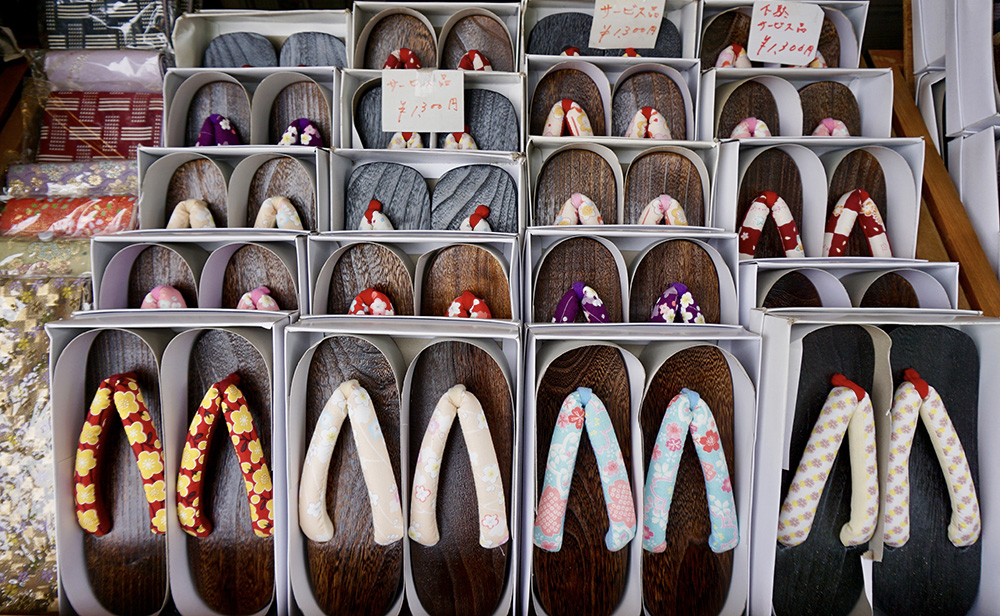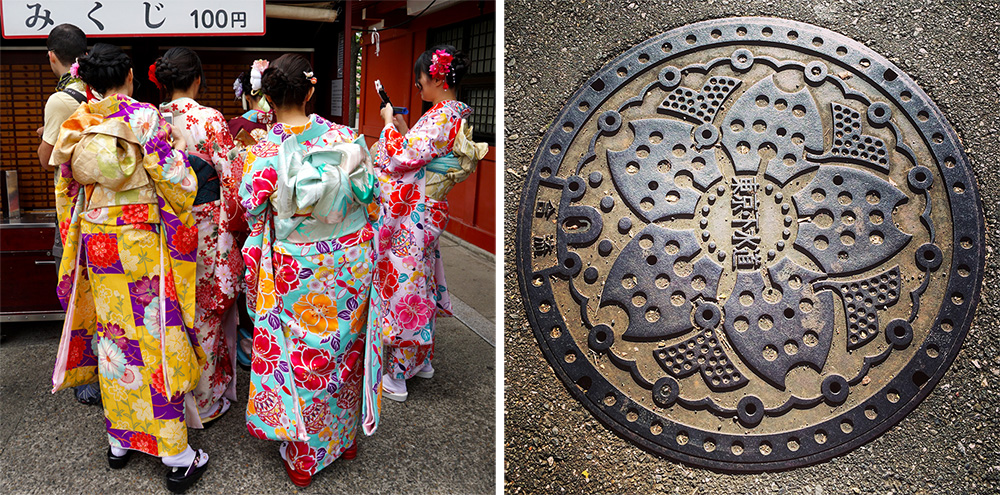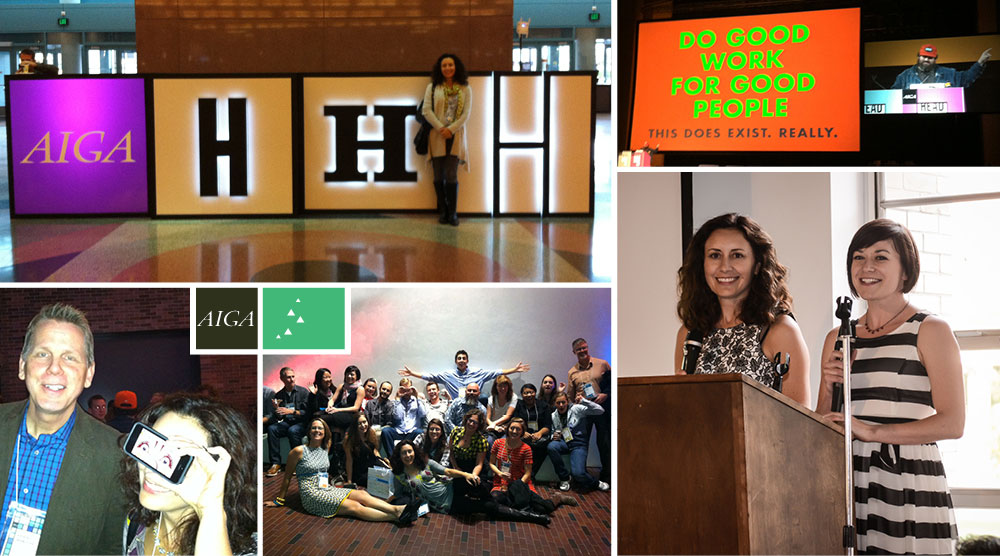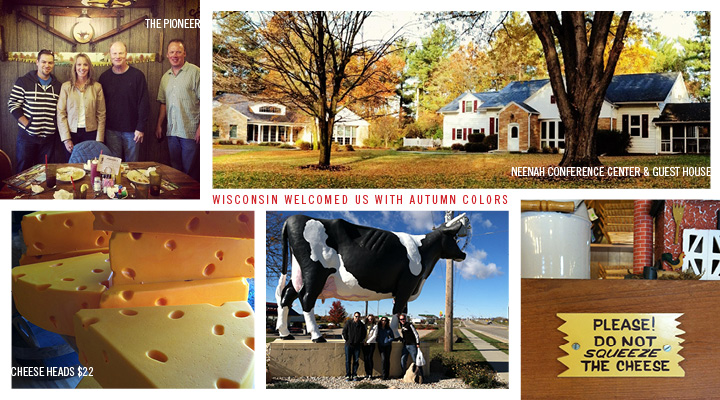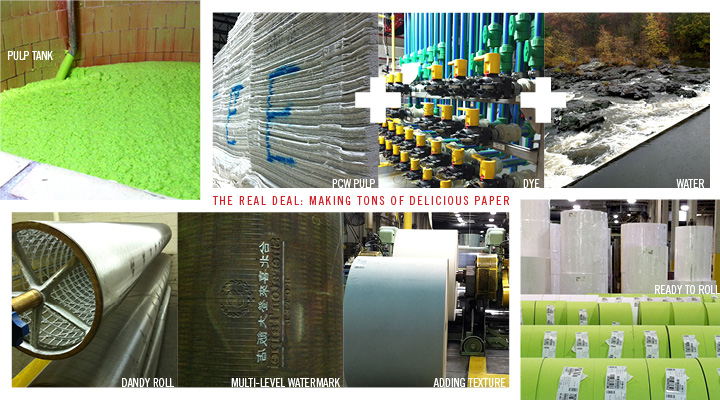February 27, 2020 - Comments Off on Better together: Meet Tracey Ranta
Better together: Meet Tracey Ranta
When I took the leap from employee to owner of my own firm 24 years ago, I had no idea what roads and twists EnZed had in store for me. Like Dorothy, I followed a promising path hoping to find a home in the design and marketing industry. Along the way, I’ve met many faithful companions (e.g. Carla, the good witch) and have enjoyed rich experiences and collaborations. One character who has been in and out of EnZed’s world for two decades is Tracey Ranta. Today, I’m happy to say that she’s here to stay.
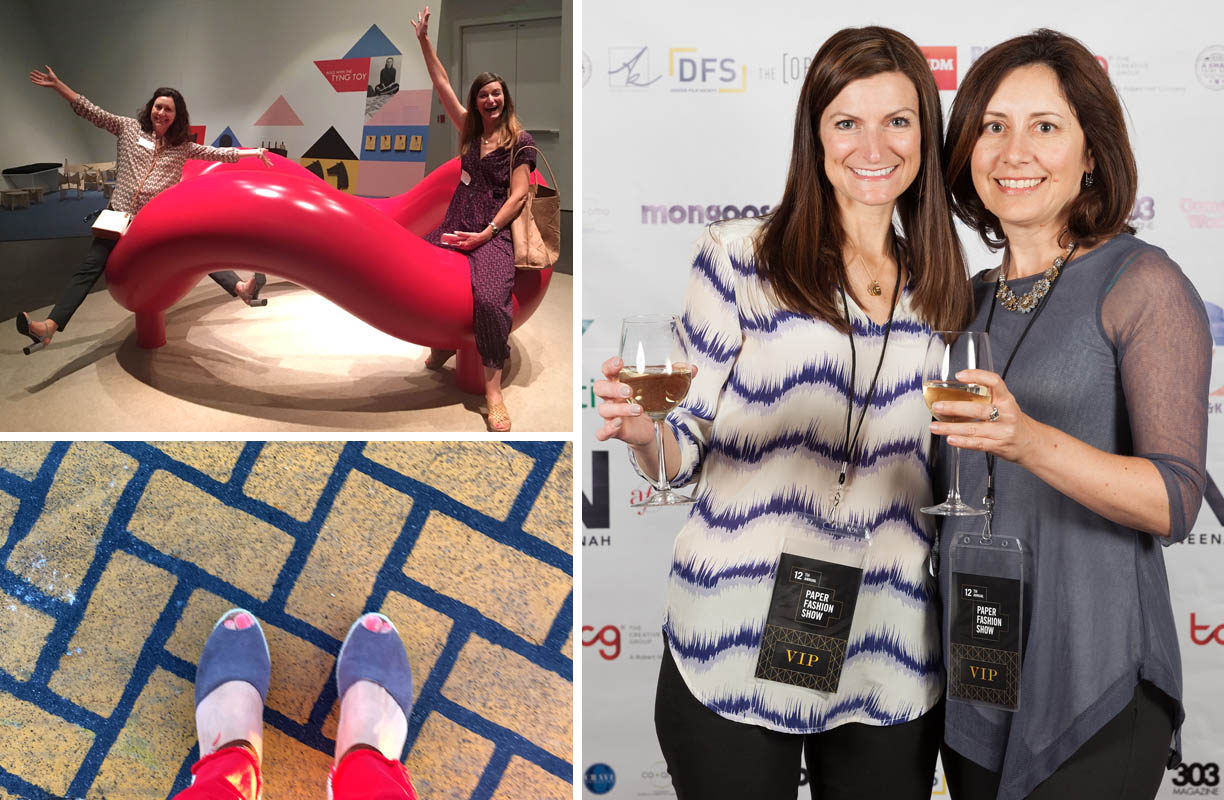
I met Tracey through volunteering with AIGA—the professional association for design. I was communications director of AIGA Colorado and she was a recent graduate from DU. We sat around the table with her classmate, Jason Wedekind (owner of Genghis Kern and Furniture Creative Coworking, where we are officed), stamping and addressing the member newsletter. She started her design career working in several small agencies. When she went freelance, EnZed was one of her clients for many years. Her design aesthetic, sense of fun and delight, work ethic and dedication matched mine. My favorite memory from that time was during the final stages of a catalog. She was wrapping up production and writing files to CDs, while going into labor. “No, it’s ok, I can finish the job. It’s taking my mind off the contractions!” True to her word, she delivered the files... and a baby! Her beautiful daughter now has her driver’s permit.
When Tracey returned to full-time work at an agency in the late 2000s, our collaborations turned to personal projects. We designed and crafted a wearable, red-ruffled paper dress for the Paper Fashion Show in 2008, an event we’ve attended together for more than a decade. Then last year, the road took another turn when Tracey was ready for a leap of her own, leaving the agency for new ambitions.
Tracey joined EnZed officially in February 2020 as Senior Designer and Art Director, putting her talents to work as creative lead on existing and new projects. A beautiful example: the owners of Elle.b Academy wanted a brand refresh and expansion for their stylist-training programs and to communicate their status as a leading academy for the application of hair extensions. Tracey created original brand elements to distinguish them in the industry and tell their story across course workbooks, Instagram and a new website. Tracey, Carla and I collaborated with Sean at Studio Nomad on the website design assets and content development.
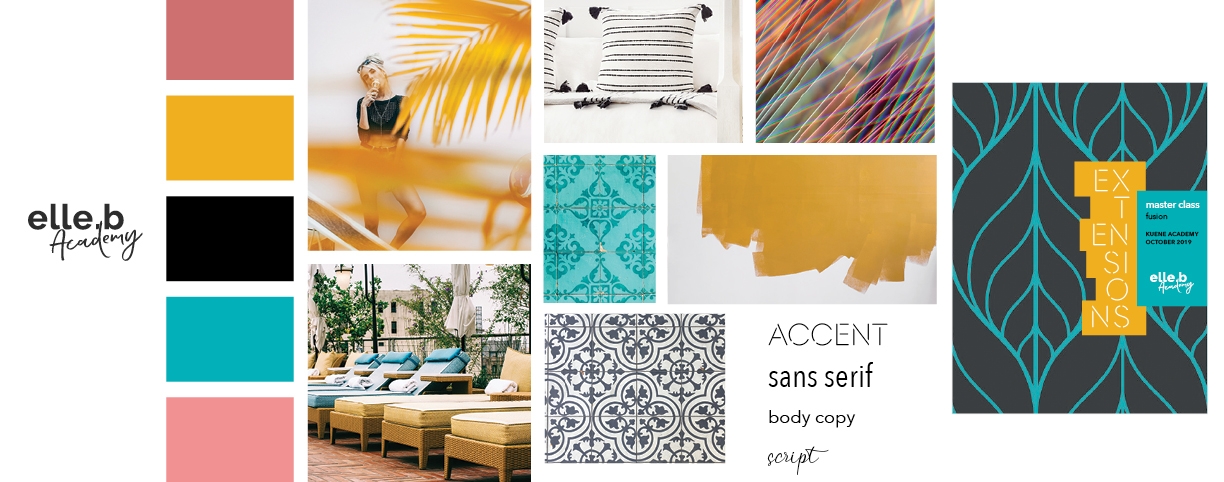
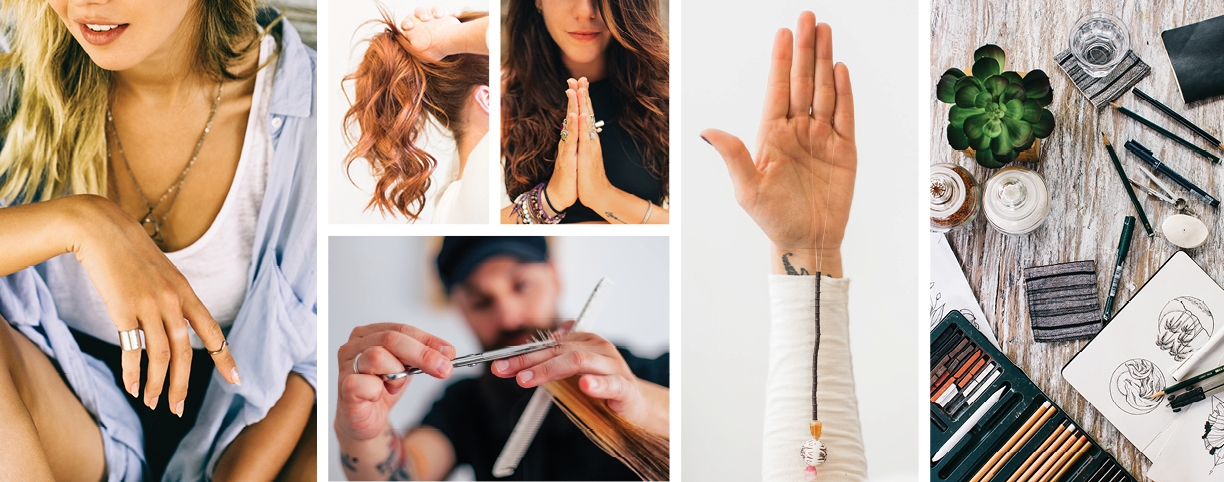
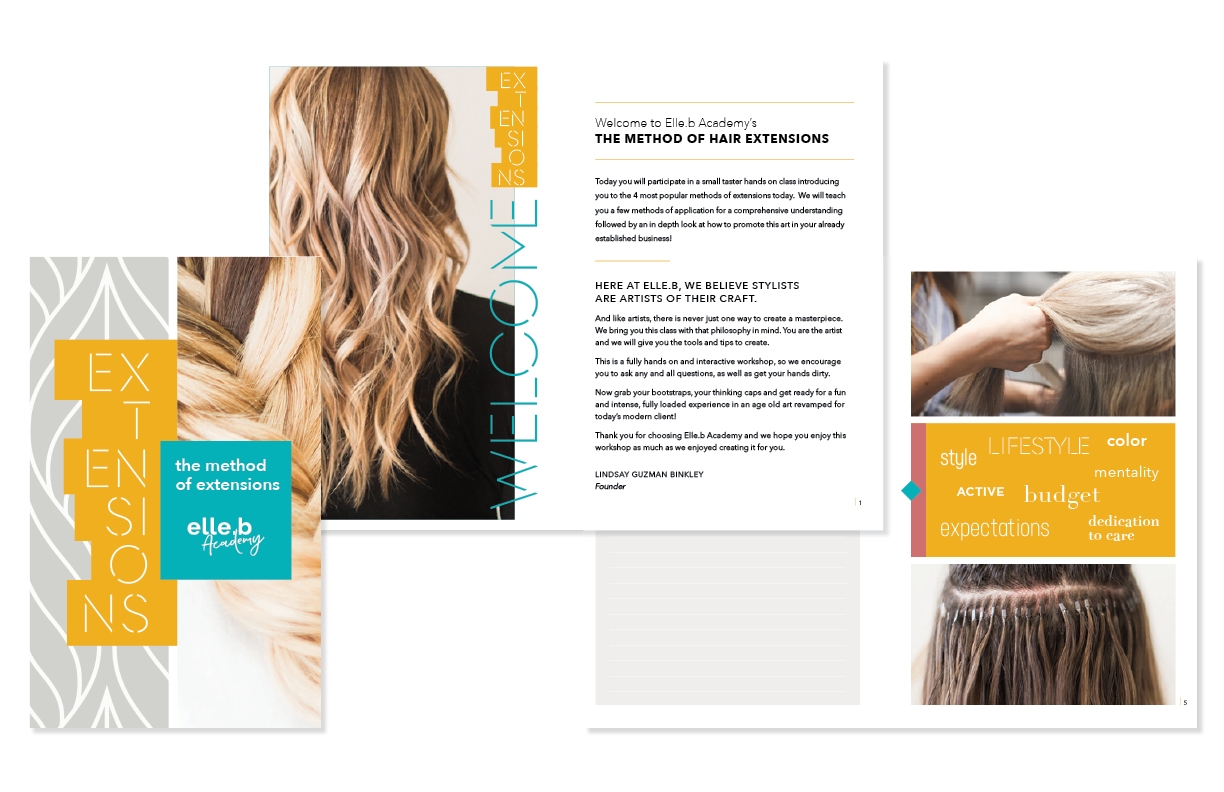

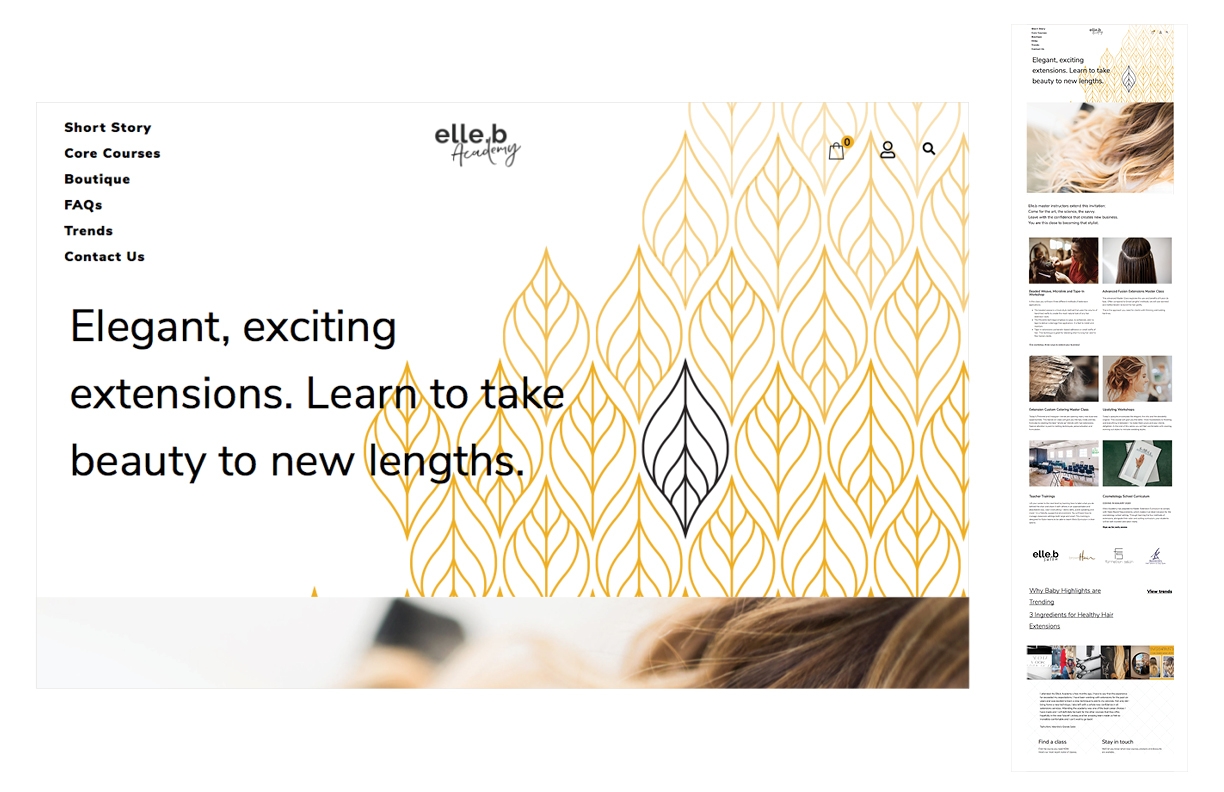
With a portfolio spanning 25 years of successful branding, print, digital and environmental design for real estate development, recreation, retail, restaurants and the arts, Tracey excels at creating special spaces, from a brand moodboard to a new-community greeting house to a website. The following projects illustrate her brand concept design, art direction and digital marketing expertise that are now enhancing EnZed’s print design and content development offerings.
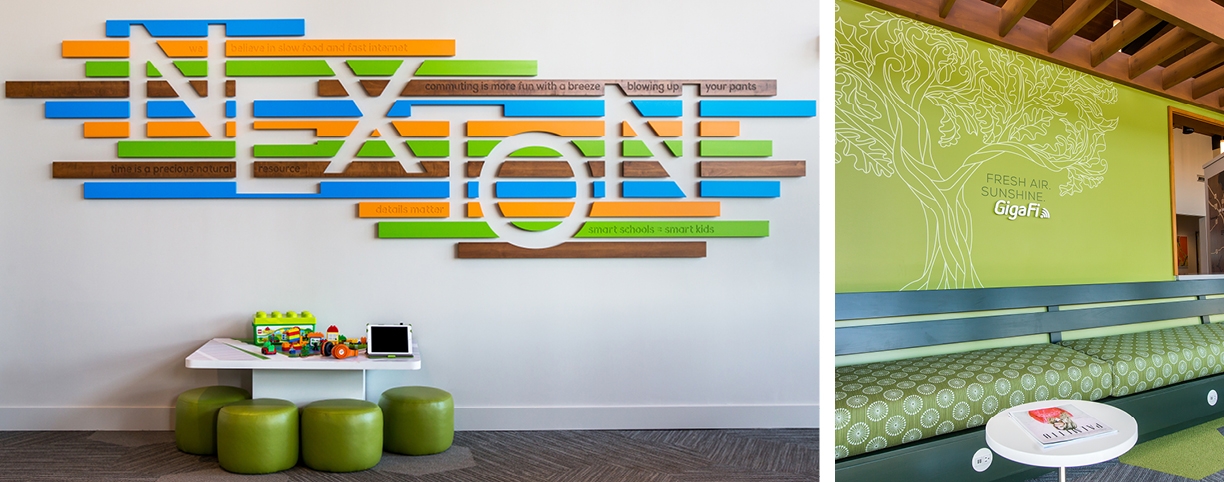
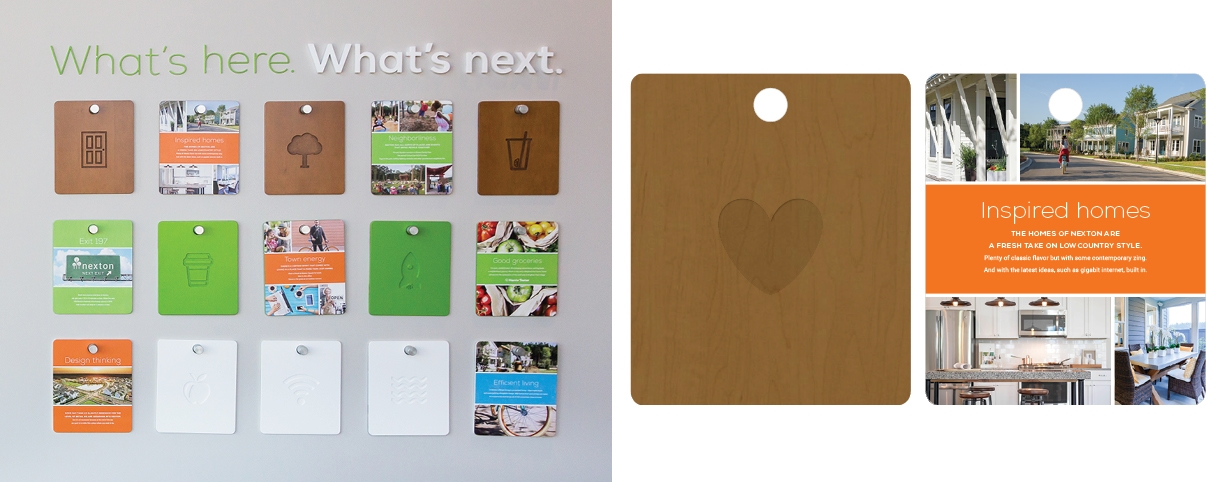
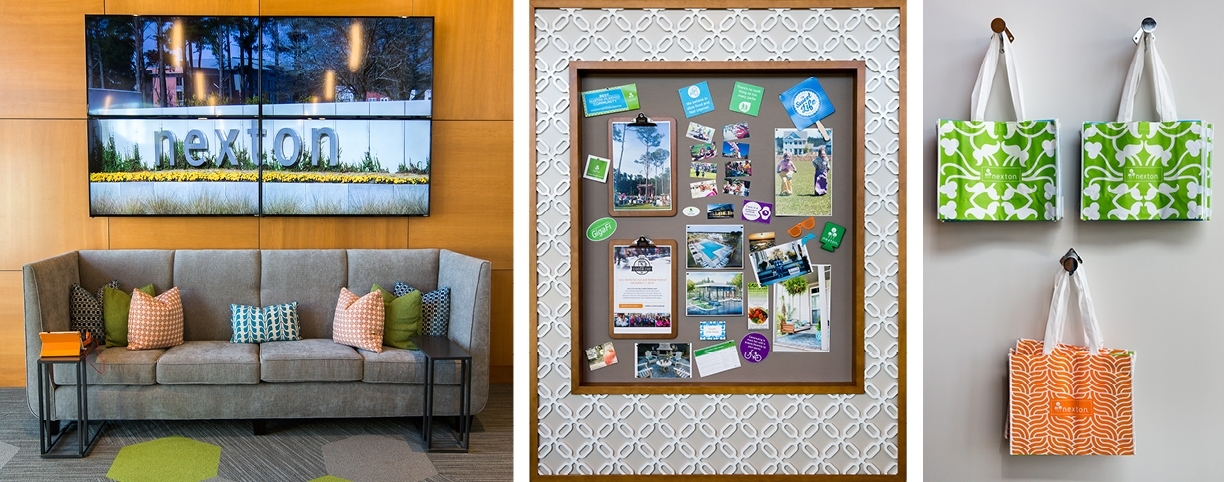


Credit: Duston Todd for Strada Advertising
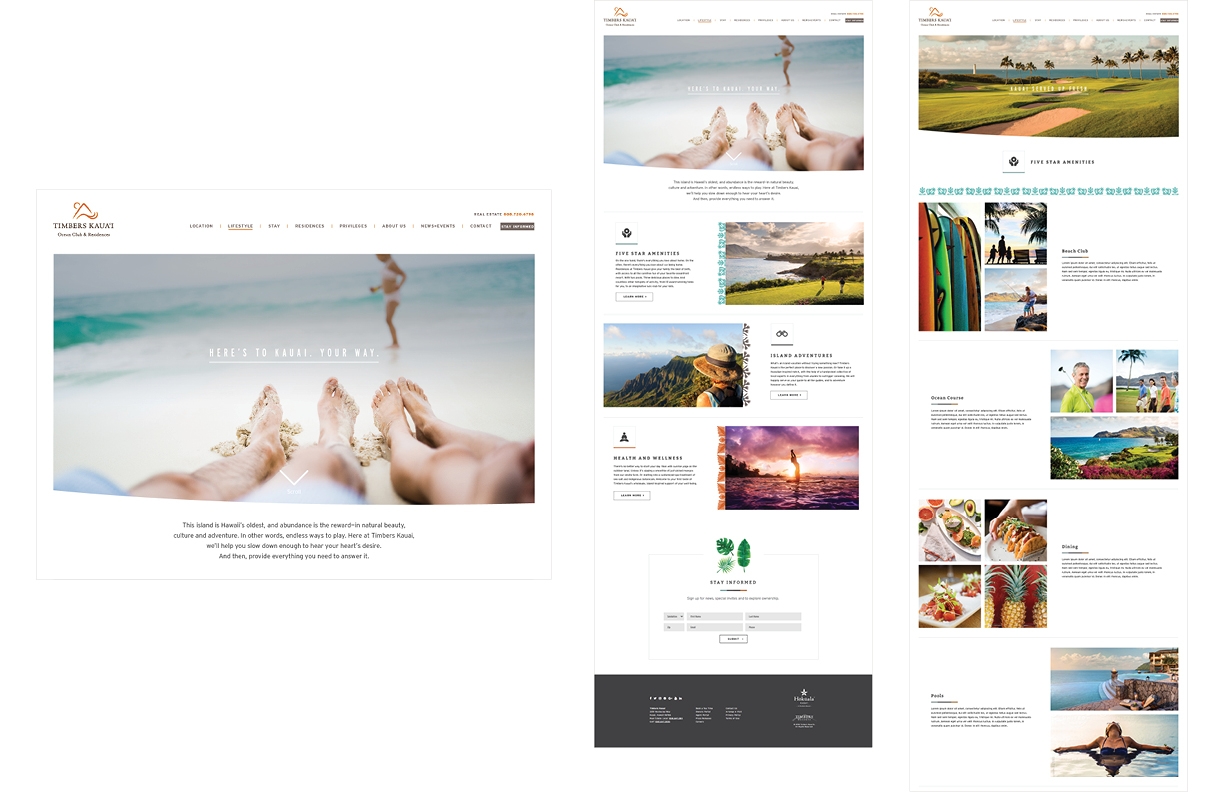
I’m particularly excited to have Tracey join me on my next design journey—to bring our creative minds together to take us new places and create new spaces. It’s been fun to see how her work has evolved in the 2010s, and I’m so glad to see her sparkly shoes back on my path in 2020.
We look forward to collaborating with you on your next venture. Up, up and away!


